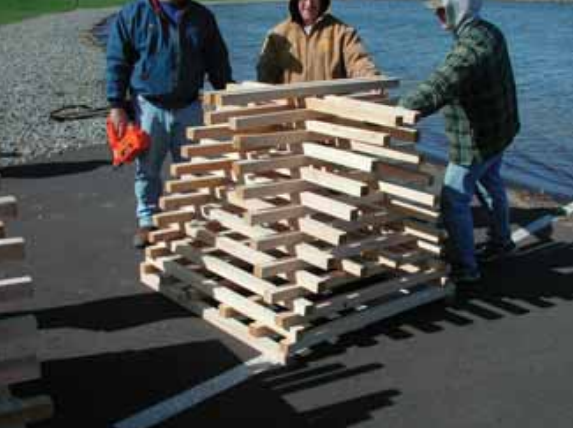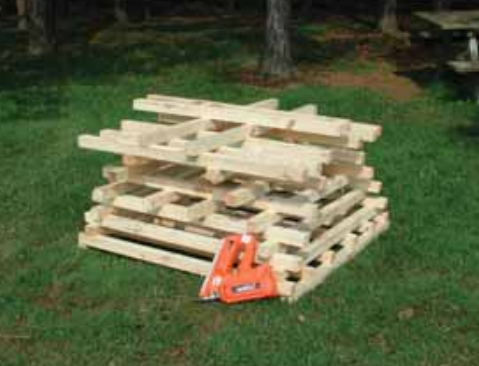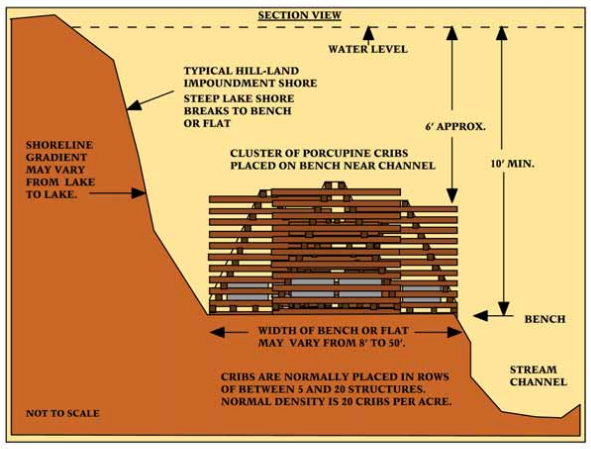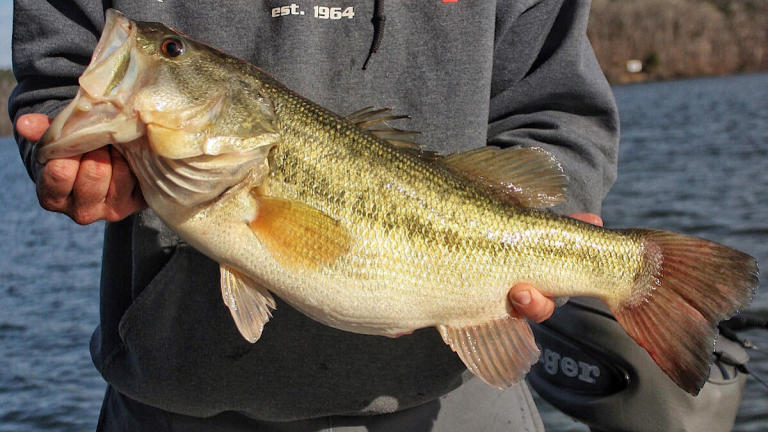By design, most of the man-made Lakes and Reservoirs in Pennsylvania were constructed with little, if any, regard to fish or fish requirements or habitats. Prior to flooding, the beds were cleared of trees and brush. This created a barren and featureless environment for fish and anglers alike. Although the hope was that abundant and appropriate aquatic vegetation would establish itself, this has come true only in a small number of locations.
…Until the 80s when the PA Fish and Boat Commission created the Fish Habitat Improvement Program (FHI).
History
Initially, the FHI tried to use materials they had laying around. The structures placed in 1989 were tire structures, discarded conifer trees and/or hardwood brush, felled shoreline trees, stake trees, and modified cribs constructed from used picnic tables. All of these habitat structures, with the exception of the felled trees, were constructed from castoff materials. This wasn’t received very well by the general public, and naturally, these materials did not last long underwater.
The Pennsylvania Porcupine Crib was the first artificial habitat structure designed in the Commonwealth, using new, long-lasting biodegradable materials. It was also the first habitat device designed with fish protection—not fish attraction—as an objective. By 1993, the Porcupine Crib had replaced most other offshore, coarse brush structures (and tire structures) in 99% of the Fish & Boat Commission-approved habitat improvement projects in Pennsylvania impoundments.
On April 25, 1990, with the assistance of the Allegheny Mountain Bass Anglers and Yellow Creek State Park, the first Pennsylvania Porcupine Crib was installed at Yellow Creek Lake, in Indiana County.
– PA Fish and Boat Commission
By the spring of 1995, more than 2,000 Pennsylvania Porcupine Cribs had
been placed in Commonwealth reservoirs. Since then, other structures have been designed to meet other fishery needs, using the same materials and design criteria and with methods similar to the original Pennsylvania Porcupine Crib.
Habitat Requirements for the Fish
Most fish living in a man-made reservoir have similar requirements in order to be successful and thrive for decades. To naturally reproduce, fish must be able to accomplish all of the below tasks.
- Nesting and Spawning: Adult fish must have access to spawning beds. In order to spawn, fish need to nest. Nesting requires the appropriate cover so the fish feel safe.
- Nursery and Refuge: After spawning, new hatches require a variety of specific habitats to survive and develop.
- Foraging and Ambush: These habitats enable predatory fish to feed on native forage. Some species require concealment cover to effectively ambush their prey.
- Resting: Fish need to rest. They aren’t always on the move. Resting comes in the form of not foraging, migrating, spawning, etc. but just rest. Often this is defined as deep water cover along a steep, vertical shoreline.
Enter — the Porcupine Crib
The design of a porcupine crib primarily provides protection for juvenile fish. Construction materials consist of rough-cut, fresh hemlock or poplar (50 pieces of 2”x2”x4′), eight two-core 8-inch concrete blocks (35lbs each), 2lbs of 16d common bright nails, and a 14-foot piece of 1/2” nylon banding with a steel buckle for delivery.

Porcupine Crib vs. Porcupine Crib Jr.
The junior crib is an adaptation of the original, with the intent to be used in more shallow water. It more closely resembles native stumps from when man-made reservoirs are prepped and flooded.
Construction materials consist of rough-cut, fresh cut hemlock or yellow poplar (38 pieces of 2” x 2” x 4’), eight two-core eight-inch concrete blocks, and two pounds of 16d common nails, plus a 10-foot piece of ½-inch nylon security banding and one steel buckle.

Placement
Placement is traditionally accomplished by specially-equipped watercraft by the PA Fish and Boat Commission during open-water (no ice) seasons. They are often places in a row or alternating row pattern, with four to eight-foot spacing between each structure. Normally, anywhere from 10-20 cribs are placed in a site. Porcupine cribs are submerged in 10 to 15-foot depths along the bottom contour, parallel to the shoreline.

One thing that is important to remember is that the main purpose for Porcupine Cribs is to provide a safe habitat for young fish. If you are thinking you will find trophy size bass or stripers hanging around these structures, think again. It’s likely you will end up finding more panfish and crappie than any other type of game fish down there.
If you are interested in trying to fish these structures yourselves, head on over to our interactive map and locate the Porcupine Cribs using the legend. You should be able to see them on your boat electronic systems. If you have any luck, post a picture and share it with us!
